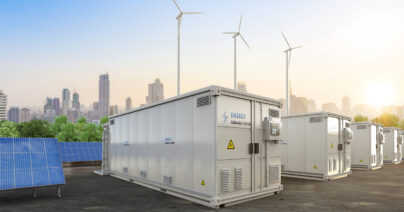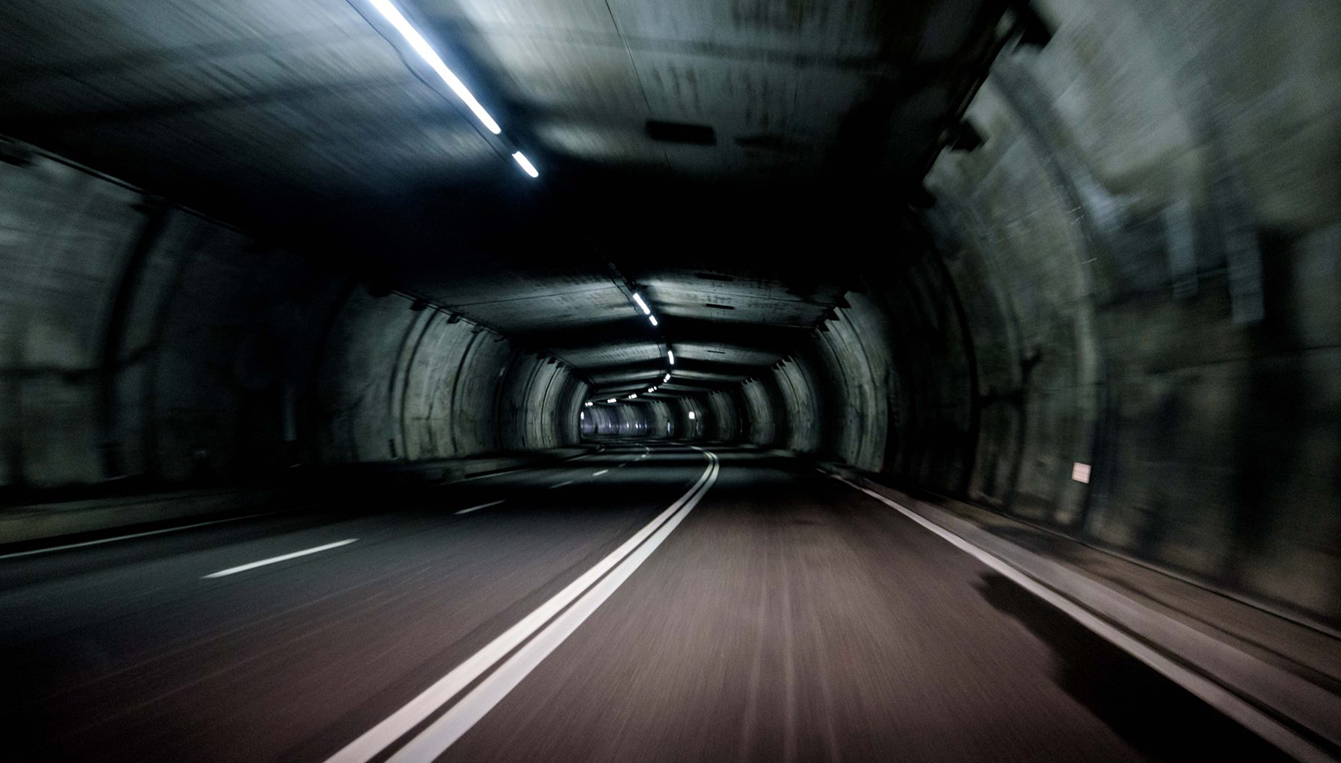 Articles
Articles
Battery Energy Storage Systems (BESS): Charged Up for Noise Control
Methods for storing energy have been employed for decades in the form of pumped hydroelectric reservoirs, compressed air, or via thermal energy transfer. Today we can…

Anyone who has stood on a subway platform has felt the rush of air from the oncoming train. Inside the tunnel where the air column is constrained, the train actually produces a complex local pressure distribution that travels along with it. A similar effect happens in highway tunnels, particularly with large trucks where the clearance between the top of the truck and the tunnel roof may only be a few inches. In air rights construction the tunnel roof is a structural element that is probably also the floor of some occupied space. In certain cases, traffic-induced pressure pulses in the tunnel can excite the building structure causing it to vibrate. If the vibrations are suitably severe they may be felt by building occupants.
Rather than a vehicle moving through the tunnel, it is useful to think of the vehicle as stationary with the airstream moving past it. Well ahead of the vehicle, the air doesn’t even know the truck is there and the flow would be uniform (with a flow velocity equal to the truck’s speed).
If we now consider the flow passing the truck (once the cab has passed): if the truck’s trailer is long (and we ignore turbulence, air compressibility and other complications) one can imagine that the flow again is uniform. The big difference now is the truck body occupies some of the tunnel cross section, leaving less space for the air. Since the overall flow rate has to remain constant, this means the air has to be moving faster when it passes this part of the truck. And we know from Bernoulli’s equation, when air moves faster, the static pressure drops (which is why airplanes can fly).
Really interesting things occur just in front of the truck. Any air particle that happens to hit the front of the truck is either stopped or deflected. Either way it needs to slow down. And Bernoulli says, if the air slows down, the pressure has to rise. The actual flow field in front of the truck is quite complicated, but suffice it to say that there is a small area, just ahead of the truck where the pressure increases.
For someone observing the truck pass by from the tunnel ceiling: as the truck approaches they would start to feel the wind being pushed ahead of the truck (similar to the approaching subway train). Then once the truck was almost on them, they would feel a rapid pressure rise, followed by a rapid pressure drop. If instead of a person, we just consider the roof of the tunnel as the floor of an air rights building, then one can easily see how the pressure pulses (positive and negative) could result in forces that excite the building structure. The effect is very similar to striking a drum head whereby the drum vibrates in response to the impulsive force.
Unfortunately, there hasn’t been a great deal of research done to look the effects of pressure pulses due to highway vehicles. There has been a lot of work done to calculate the pressure distribution around high speed trains but this has been mostly concerned with the air loading on the train, passenger comfort and environmental noise (interestingly, very fast trains can actually produce little shock waves as they enter and leave the tunnel). But very little has been done to calculate the forces that get applied to the tunnel. The reasons for this are quite simple as the pressure pulses are too small to worry about structural integrity. They may move the structure a little, but they won’t overload it.
Even though there has been a lack of research, once can imagine that the things that most affect the character of the pressure pulse are; 1) the speed of the vehicle, 2) the tunnel dimensions, 3) the truck dimensions and bluntness of its nose, and 4) the gap between the top of the truck and the tunnel ceiling. Which of these has the greatest effect is not clear, but the gap is likely the leading contender.
We still have a lot to learn about pressure-induced vibration, but it is a real thing that we have observed and measured. So, if someone in an air rights building complains that the floor is vibrating, don’t discount the importance of air pressure changes produced by vehicles passing in the tunnel below.